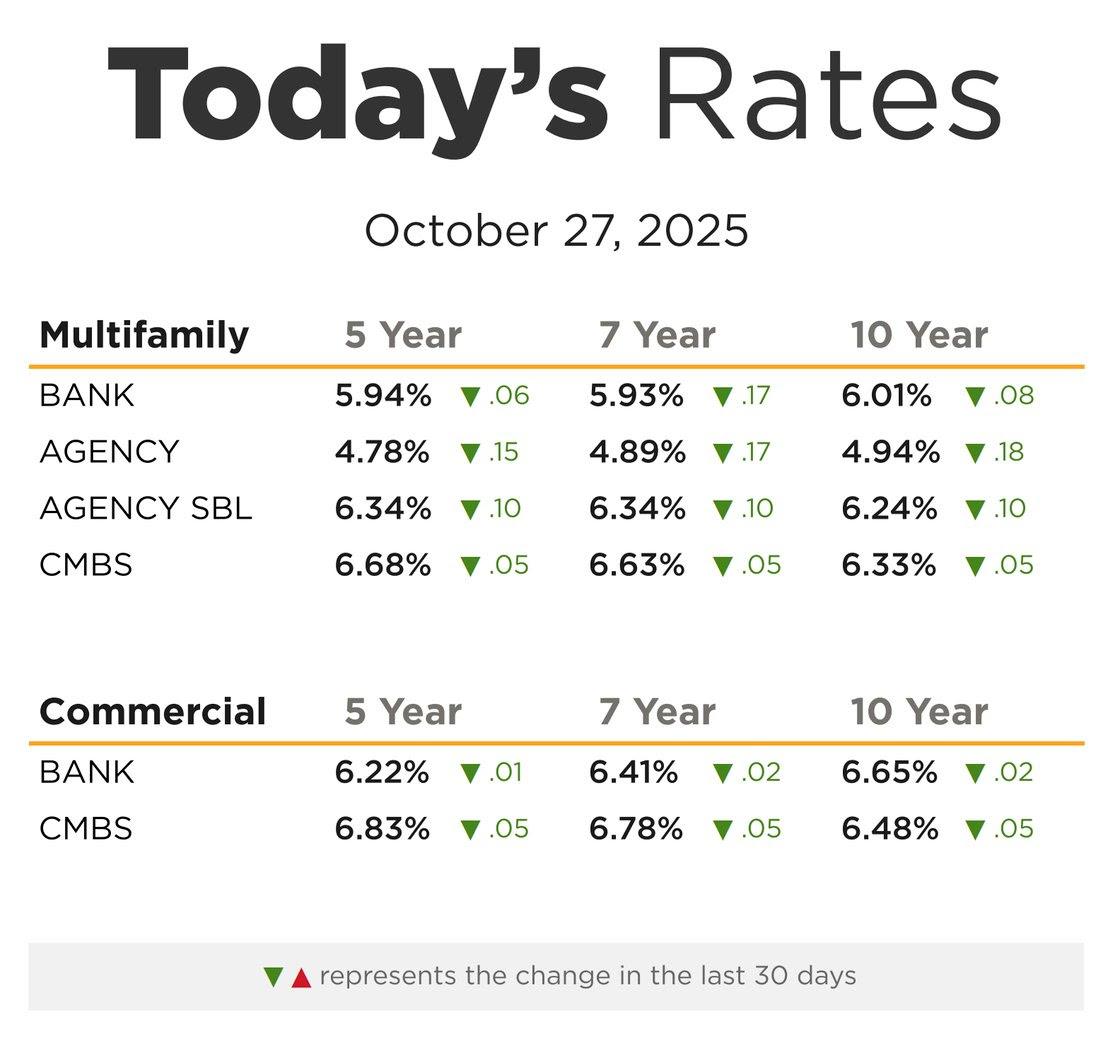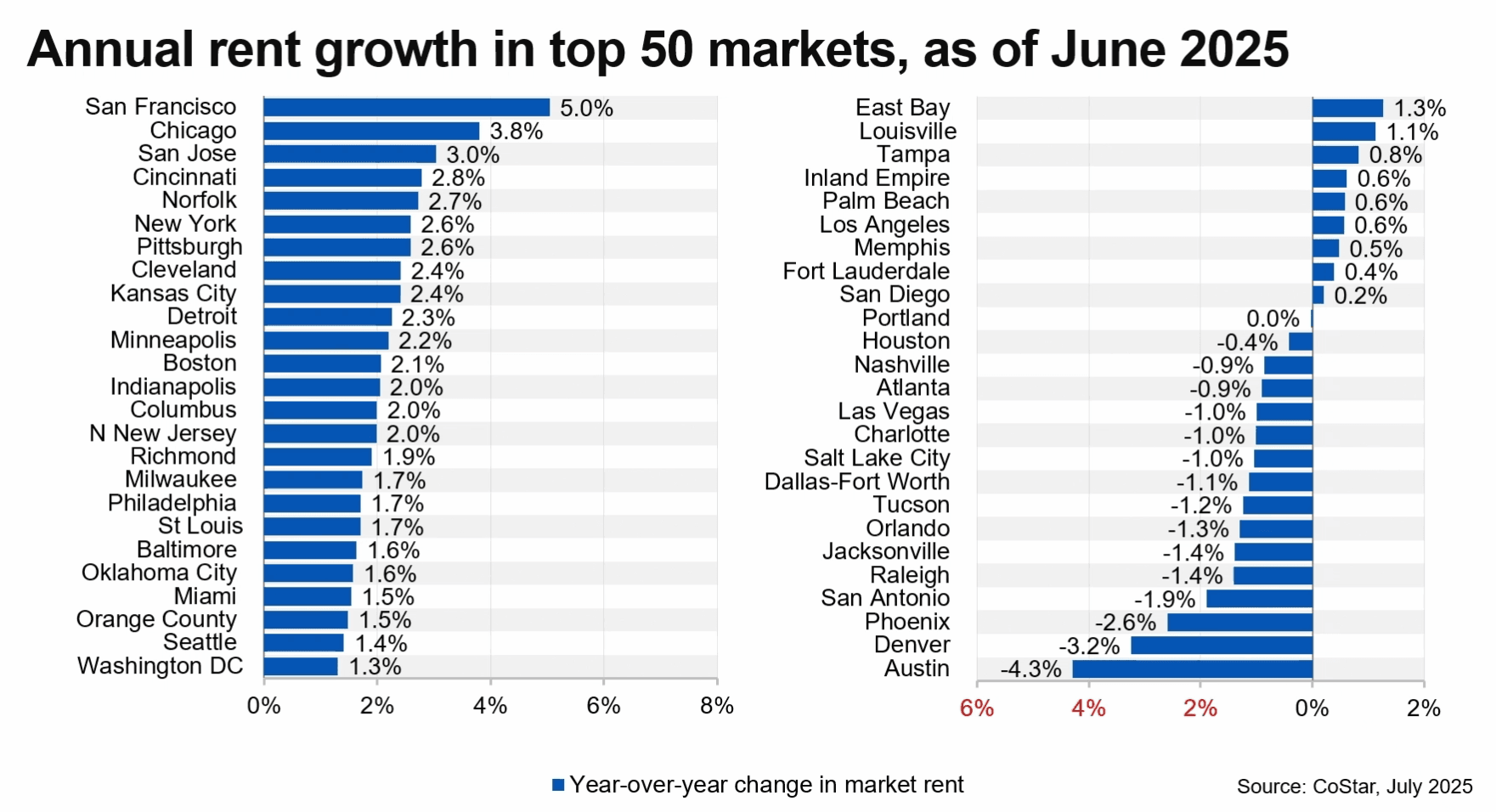Tax nerds may be able to spout off Internal Revenue Code Sections, but most people never get beyond 401(k). (That’s right, your workplace retirement savings plan is named after a section of the tax code.)
Still, “Section 1031” is slowly making its way into daily conversation, bandied about by realtors, title companies, investors and soccer moms. Some people even insist on making it into a verb, à la FedEx, as in: “Let’s 1031 that building for another.”
So, what is 1031? Broadly stated, a 1031 exchange (also called a like-kind exchange or a Starker) is a swap of one investment property for another. Although most swaps are taxable as sales, if yours meets the requirements of 1031, you’ll either have no tax or limited tax due at the time of the exchange. (For background reading, see Avoid Capital Gains Tax on Your Home Sale.)
In effect, you can change the form of your investment without (as the IRS sees it) cashing out or recognizing a capital gain. That allows your investment to continue to grow tax deferred. There’s no limit on how many times or how frequently you can do a 1031. You can roll over the gain from one piece of investment real estate to another to another and another. Although you may have a profit on each swap, you avoid tax until you sell for cash many years later. Then you’ll hopefully pay only one tax, and that at a long-term capital gain rate (currently 15% or 20%, depending on income – and 0% for some lower income taxpayers).
Warning: Special rules apply when depreciable property is exchanged in a 1031. It can trigger a gain known as “depreciation recapture” that is taxed as ordinary income. In general, if you swap one building for another building you can avoid this recapture. But if you exchange improved land with a building for unimproved land without a building, the depreciation you’ve previously claimed on the building will be recaptured as ordinary income.
Such complications are why you need professional help when you’re doing a 1031. Still, if you’re considering a 1031 – or are just curious – here are 10 things you should know.
1. A 1031 isn’t for personal use.
The provision is only for investment and business property, so you can’t swap your primary residence for another home. There are ways you can use a 1031 for swapping vacation homes, but this loophole is much narrower than it used to be. For more details, see No. 10.
2. Personal property no longer qualifies.
Before passage of the new tax legislation on Dec. 22, 2017, some exchanges of personal property – such as franchise licenses, aircraft and equipment – qualified for a 1031 exchange. Under the new law, only real estate qualifies. Exchanges of corporate stock or partnership interests never did qualify – and still don’t. On the other hand, interests as a tenant in common (sometimes called TICs) in real estate still do. It’s worth noting that the TCJA’s full expensing allowance for certain tangible personal property may help make up for this change to tax law.
3. A special transition rule might help.
The TCJA includes a transition rule that permits a 1031 exchange of qualified personal property in 2018 if the original property was sold or the replacement property acquired by Dec. 31, 2017. The transition rule is specific to the taxpayer and does not permit a reverse 1031 exchange in which the new property is purchased before the old property is sold.
4. “Like-kind” is broad.
Most exchanges must merely be of “like-kind” – an enigmatic phrase that doesn’t mean what you think it means. You can exchange an apartment building for raw land, or a ranch for a strip mall. The rules are surprisingly liberal. You can even exchange one business for another. But again, there are traps for the unwary.
5. You can do a ‘delayed’ exchange.
Classically, an exchange involves a simple swap of one property for another between two people. But the odds of finding someone with the exact property you want who wants the exact property you have are slim. For that reason, the majority of exchanges are delayed, three-party or “Starker” exchanges (named for the first tax case that allowed them). In a delayed exchange, you need a Qualified Intermediary (middleman) who holds the cash after you “sell” your property and uses it to “buy” the replacement property for you. This three-party exchange is treated as a swap.
6. You must designate replacement property.
There are two key timing rules you must observe in a delayed exchange. The first relates to the designation of replacement property. Once the sale of your property occurs, the intermediary will receive the cash. You can’t receive the cash, or it will spoil the 1031 treatment. Also, within 45 days of the sale of your property you must designate replacement property in writing to the intermediary, specifying the property you want to acquire. The IRS says you can designate three properties so long as you eventually close on one of them. You can even designate more than three if they fall within certain valuation tests.
7. You must close within six months.
The second timing rule in a delayed exchange relates to closing. You must close on the new property within 180 days of the sale of the old. Note that the two time periods run concurrently. That means you start counting when the sale of your property closes. If you designate replacement property exactly 45 days later, you’ll have just 135 days left to close on the replacement property.
8. If you receive cash, it’s taxed.
You may have cash left over after the intermediary acquires the replacement property. If so, the intermediary will pay it to you at the end of the 180 days. That cash – known as “boot” – will be taxed as partial sales proceeds from the sale of your property, generally as a capital gain.
9. You must consider mortgages and other debt.
One of the main ways people get into trouble with these transactions is failing to consider loans. You must consider mortgage loans or other debt on the property you relinquish, and any debt on the replacement property. If you don’t receive cash back, but your liability goes down – that, too, will be treated as income to you, just like cash. Suppose you had a mortgage of $1 million on the old property, but your mortgage on the new property you receive in exchange is only $900,000. You have $100,000 of gain that is also classified as “boot,” and it will be taxed.
10. Using 1031 for a vacation house is tricky.
You can sell your primary residence and, combined with your spouse, shield $500,000 in capital gain, so long as you’ve lived there for two years out of the past five. But this break isn’t a 1031 and it isn’t available for your second or vacation home. You might have heard tales of taxpayers who used a 1031 to swap one vacation home for another, perhaps even for a house where they want to retire. The 1031 delayed any recognition of gain. Later, they moved into the new property, made it their primary residence and eventually planned to use the $500,000 capital-gain exclusion.
In 2004, Congress tightened that loophole. Yes, taxpayers can still turn vacation homes into rental properties and do 1031 exchanges. Example: You stop using your beach house, rent it out for six months or a year, and then exchange it for other real estate. If you get a tenant and conduct yourself in a businesslike way, you’ve probably converted the house to investment property, which should make your 1031 exchange OK. But if you merely hold it out for rent but never actually have tenants, it’s probably not allowable. The facts will be key, as will the timing. The more time that elapses after you convert the property’s use to a rental the better. Although there is no absolute standard, anything less than six months of bona fide rental use is probably not enough. A year would be better.
If you want to use the property you swapped for as your new second or even primary home, you can’t move in right away. In 2008 the IRS set forth a safe harbor rule, under which it said it would not challenge whether a replacement dwelling qualified as investment property for purposes of a 1031. To meet that safe harbor, in each of the two 12-month periods immediately after the exchange: (1) you must rent the dwelling unit to another person for a fair rental for 14 days or more; and (2) your own personal use of the dwelling unit cannot exceed the greater of 14 days or 10% of the number of days during the 12-month period that the dwelling unit is rented at a fair rental.
Moreover, after successfully swapping one vacation/investment property for another, you can’t immediately convert the new property to your primary home and take advantage of the $500,000 exclusion. Before the law was changed in 2004, an investor might transfer one rental property in a 1031 exchange for another rental property, rent out the new rental property for a period, move into the property for a few years and then sell it, taking advantage of exclusion of gain from the sale of a principal residence. Now, if you acquire property in a 1031 exchange and later attempt to sell that property as your principal residence, the exclusion will not apply during the five-year period beginning with the date the property was acquired in the 1031 like-kind exchange. In other words, you’ll have to wait a lot longer to use the primary-residence capital-gains tax break.
Receive Market Insights
Periodic analysis on rents, pricing, cap rates, and transaction activity across Chicago and key suburban markets.




Join The Discussion